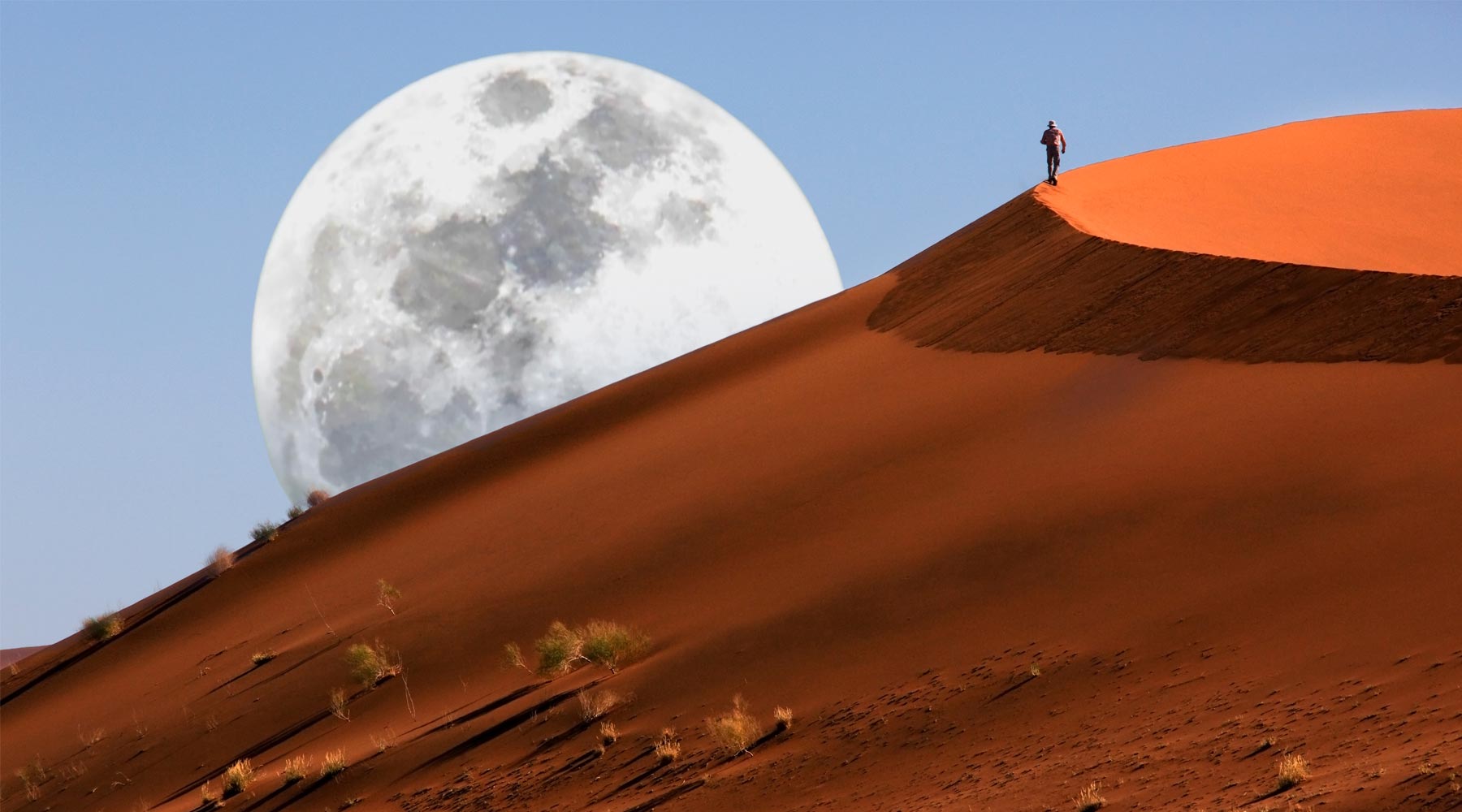Sossusvlei in Namibia is a salt and clay pan surrounded by high red dunes in Namibia. It is located in Namib-Naukluft National Park, beside Sesriem Canyon, Namib Sky Balloon Safaris, and Sossusvlei Lodge Hot Air Balloon Flights. There are also luxury moto-bikes to ride in the desert, which are recommended for visitors. Sossusvlei is mostly famous for its unique red sand and the Dune 7. The high dunes are among the most attractive features for travelers, many of whom aim to climb up the sands and enjoy a thrilling slide back down.
Sossusvlei
If you’re looking for a list of places to visit in the Sossusvlei, the first one must be the Dune 45. This five million-year-old, 170m high star sand dune is orange and one of the most photogenic parts of the park. This dune has got its name because it’s 45k away from the main road connecting the Sesriem gate and Sossusvlei. It’s fun to try and climb it, but it’s not going to be easy.
Don’t forget to visit the great Dune 7, which has the highest dune in the world with a height of over 383m. It got its name because it is the seventh dune past the Tsauchab River, which runs through parts of the Namib Desert.
Wildlife in Sossusvlei
Sesriem wildlife is mostly harmless. Some of the animals you might spot during daylight are springbok and gemsbok, also known as oryx-, ostrich, and wild horses. As we state in the article, the park is closed at night, but if you get the permit, you might crossroads with some native nocturnal animals such as Cape Fox, cat poles, aardwolf wolves, and the rare and elusive aardvark. But there is really nothing to be scared of, especially when you have your guide with you.

Where to Stay?
One of the national park’s rules stipulates all visitors must be outside of the park from sunset to sunrise; due to this rule, all of the lodges and camps are placed outside the park. Make sure to book your staying choice before you get there because the park is getting more and more visitors every day. There are three kinds of places to choose from according to your budget. There are luxury, mid-term, and budget places, so don’t worry about the pricing. You can look up the options and choose the one that suits you and book it. Here we mentioned a few places where you can book a place to have a calm sleep:
Desert Hills Lodge
Just 23 Km away from Sossusvlei and Sesriem, you will be exceedingly treated in a fantastic place called Desert Hills Lodge. Having a glimpse of the Namib Desert, you can enjoy your meal. They provide visitors with a restaurant, breakfast, free WiFi, and a private bathroom. It seems to be a good choice, isn’t it?
Sossusvlei Lodge
Who can miss the opportunity to stay in a 4-star lodge in Sossusvlei? This one is more amazing for those who want to try South Africa’s finest wine in a local bar and many cocktail options. The red color of dunes brings a new spirit to your stay in Sossusvlei Lodge. One rare and enjoyable thing about this lodge is its swimming pool.
Le Mirage Resort & Spa
Ride for about 23 Km from the gate of Sesriem to Sossusvlei, and a unique resort is waiting for you. Le Mirage Resort & Spa provides you with the regular services you need. Also, after a long trip and a long day visiting this remarkable part of the land, you can use their treatment services like poolside massages. No need to mention it, but there is a comfortable spa available for visitors.
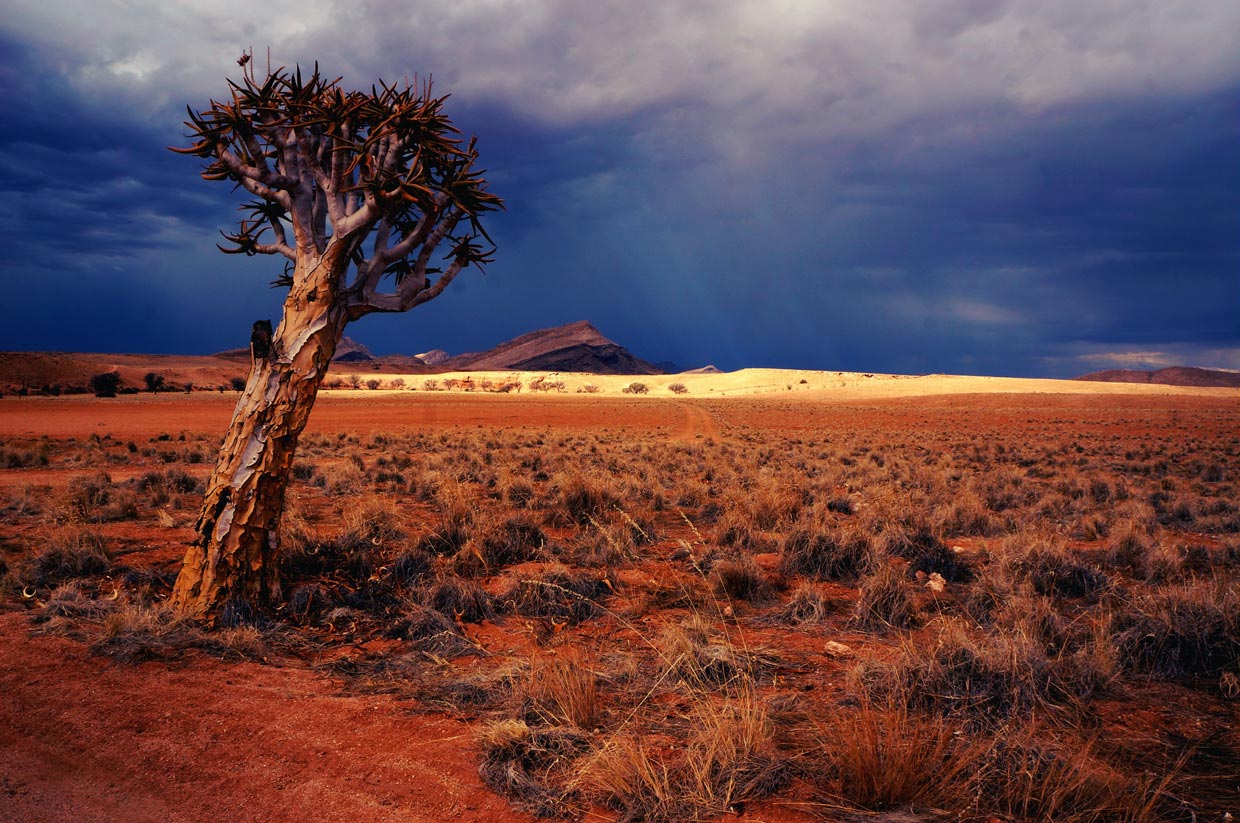
What other things can I do in the Sesriem?
There are so many safaris and tours available in Namibia to visit the Sesriem. Besides the Sossusvlei and its fantastic dunes, here is a list of the most popular things tourists like to do and places they like to visit in the national park:
Hidden Vlei and Deadvlei
Deadvlei is a white clay pan near Sossusvlei inside the national park. Deadvlei means dead lake, and the highest dunes surround it. Hidden Vlei is quite similar, but it is a wide clay pan, with lone trees across the barren landscape.
Namib Sky Balloon Safaris
You can go ballooning over the oldest desert ever at sunrise and watch the wonders from a unique perspective for about 4 hours. At landing, you will come back to earth for a Champagne breakfast in the middle of nowhere. Then you can get your very own flight certificate and help with the flyback.
Sesriem Canyon
This place was shaped over a million years ago by the river Tschaub; it’s one of the few places that hold water in the area. ‘Sesriem’ was the canyon’s name by early Afrikaans explorers, who had to use six (Ses) leather straps (Riem) tied together and lowered into the canyon to fetch water from below.
Sossusvlei Camping Safari
You can have a 3days long private tour, starting in Sossusvlei. You will visit different places during this tour, such as Elim Dune, Dune 45-Dead Vlei, Sossusvlei, Sesriem Canyon. The tour offers an expert guide, meals, and more.
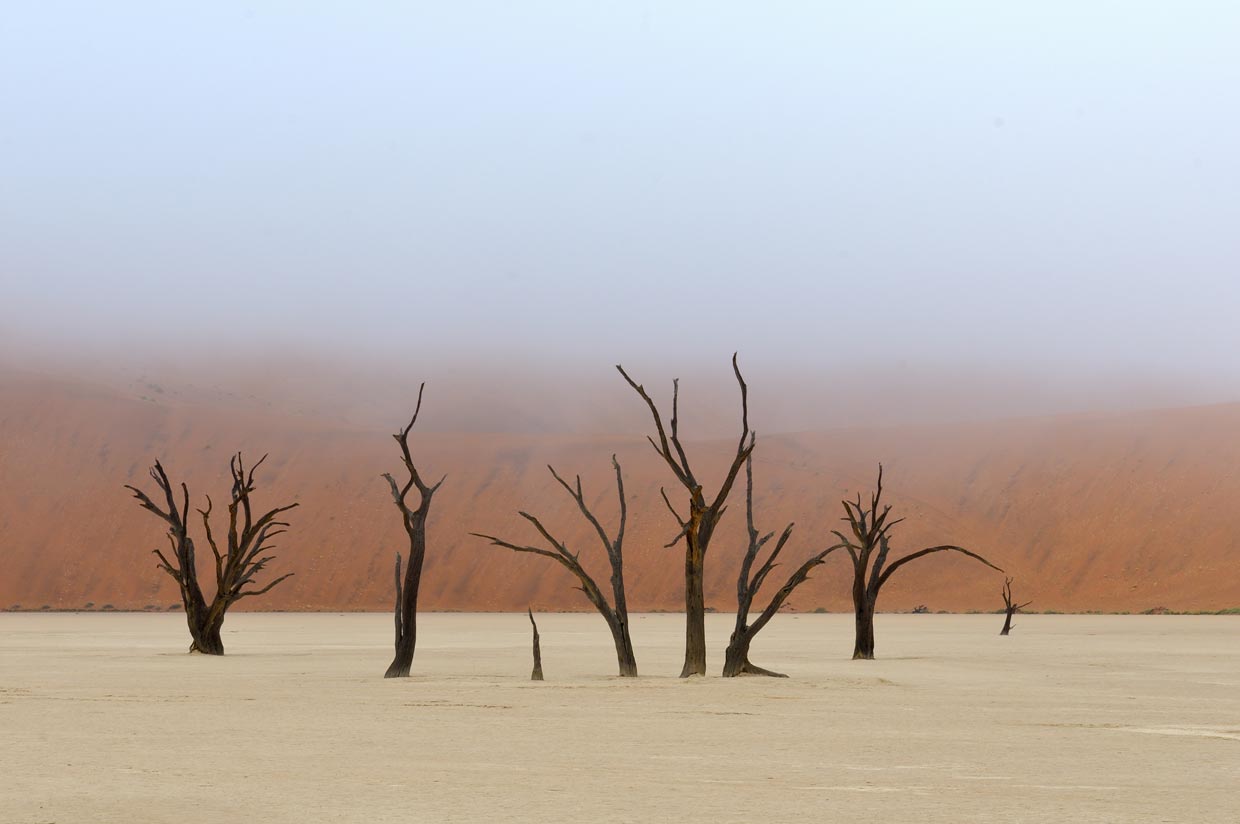
When is the best time to visit?
Namibia Desert is most visited from mid-May to mid-November. But June to October is the most pleasant and driest time of year. You better avoid visiting from December to February, it is unbearably hot. The weather is very humid during December and March and might even rain, and afternoon thunderstorms might accrue.
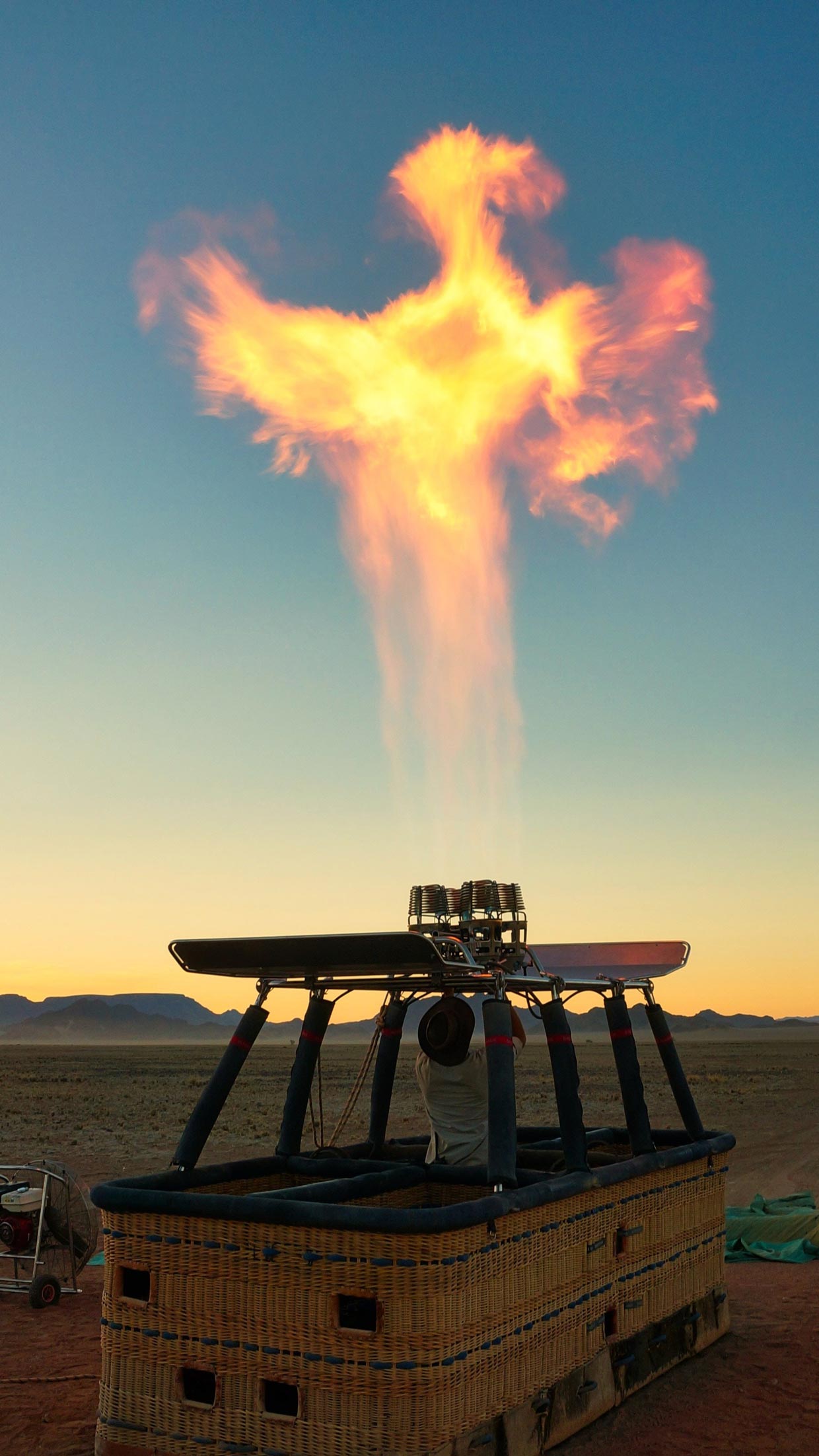
What to eat?
If you want to spend a lot of time eating and dining in restaurants, the bad news is there aren’t many restaurants and food choices in Sesriem; But if you’re staying in one of the lodges, you should eat there. Most of them have breakfast and dinner options in the room, and you might have the chance of eating local foods. But if you don’t like them, you can always try other lodges, and since the number of good places is few, booking is essential.
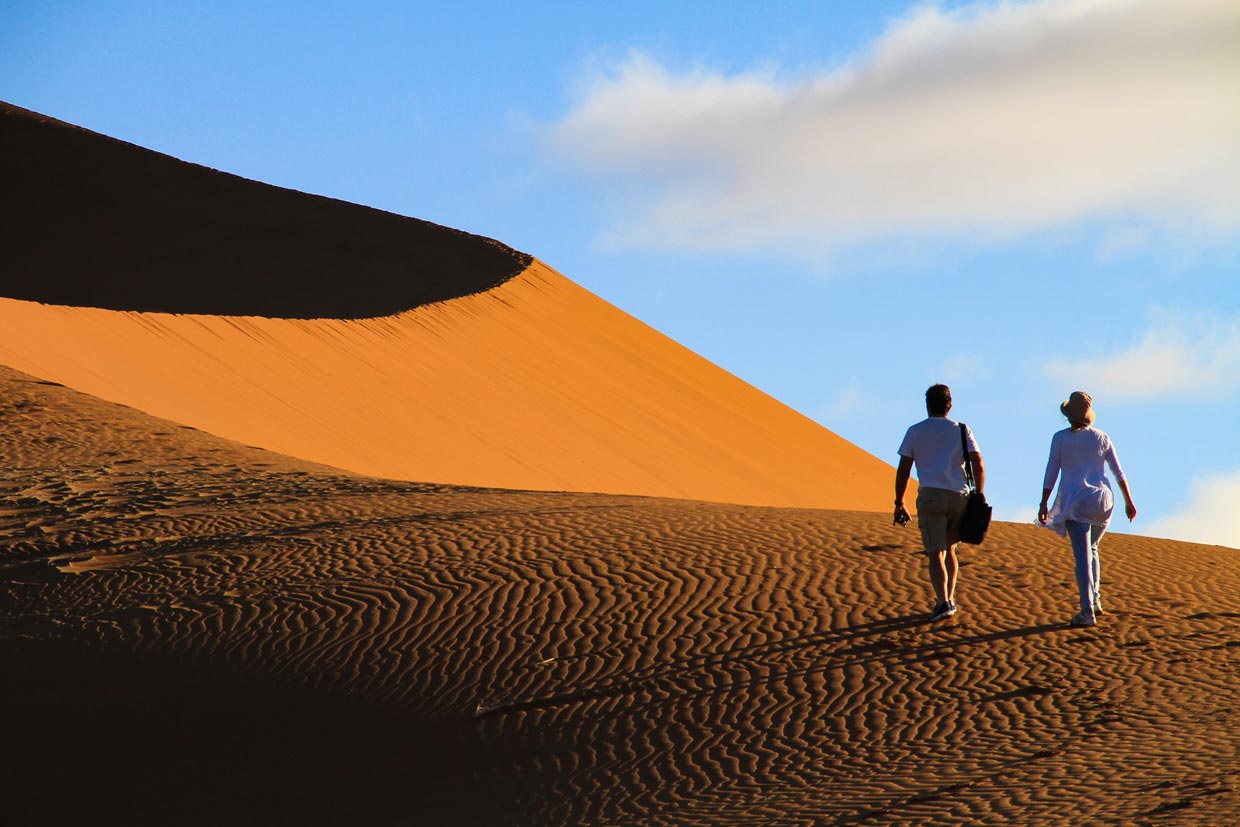
How do I get there?
The way to get to Sossusvlei is a road trip. You’re going to need to rent a car, preferably a high clearance vehicle (SUV or 4WD), and take one of the roads. It might be hard to navigate sometimes because of the deep layers of sand covering the road, and 2WDs might get stuck in the sand. Try to avoid night driving; there are no streetlights on the roads.
Sossusvlei is located almost 350km southwest of Windhoek. So, if you’ve chosen to take the plane, that’s the nearest city. The road trip to Sossusvlei might take up to 8 hours from Windhoek. There are four famous routes to get there. But keep in mind, there’re always plenty of small group tours through Namibia that also visit Sossusvlei. So if self-drive is not your cup of tea, you can always count on that.
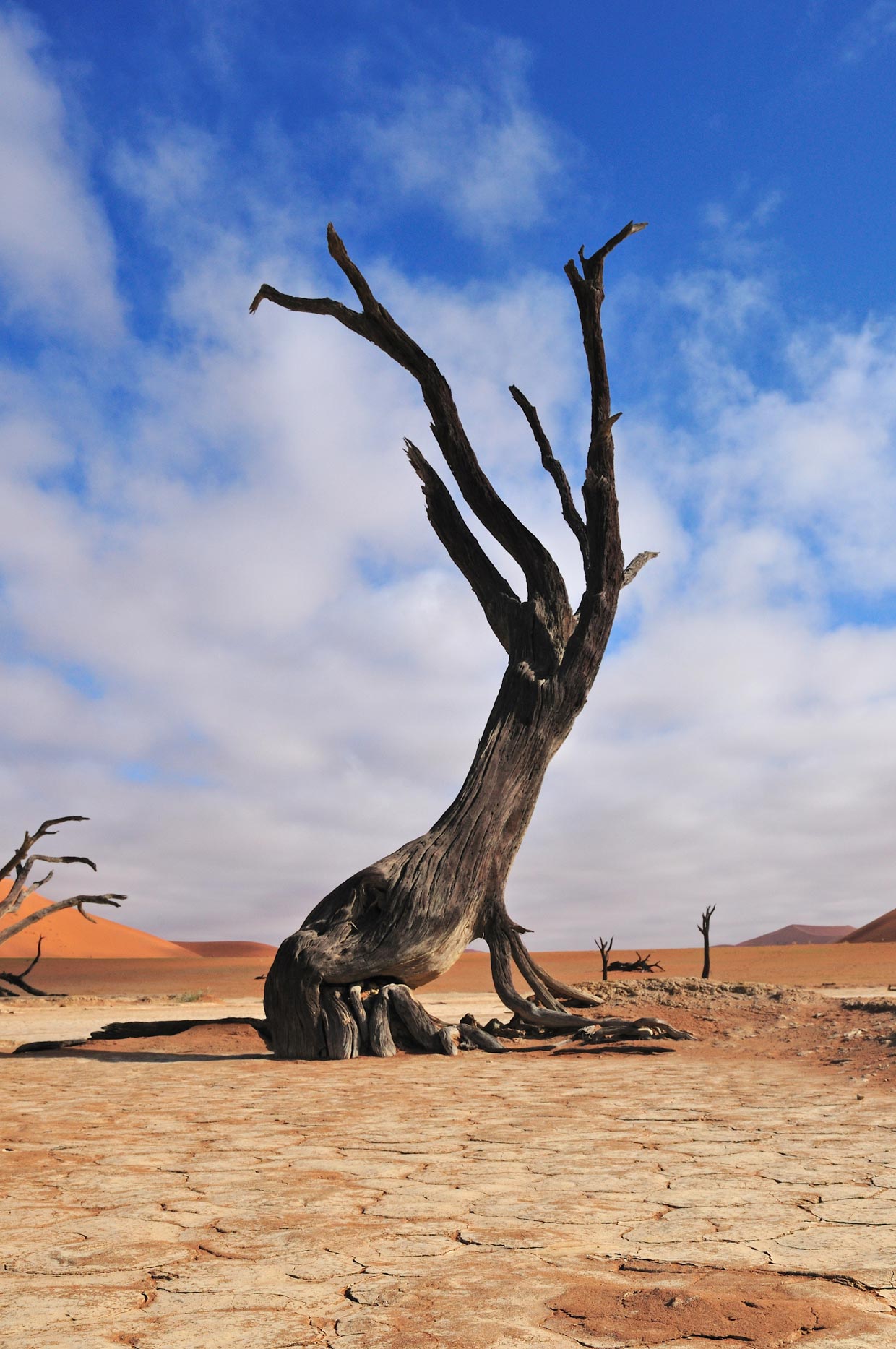
Have you ever been there?
These kinds of trips are suitable for those who are into calmness and isolation. Travelers who have been to Sossusvlei say that this experience seems to be full of adventure, and you might think a lot of people are going to be with you but, even if you are among those many travelers, the feeling you are going to have is a unique type of isolation. Have you ever been there? Have you ever experienced that kind of isolation on your journey? Let us know about the time you were there.

